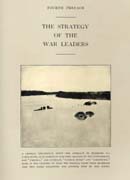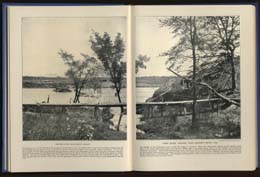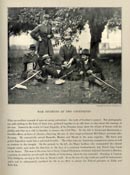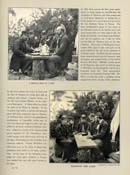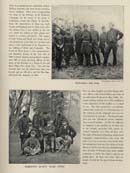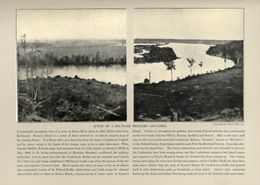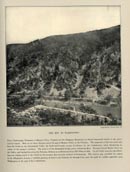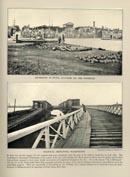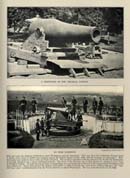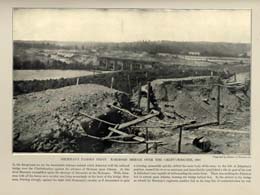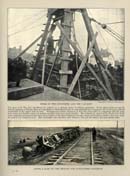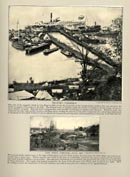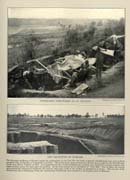Farrar's Island
![]()
This Site:
SCENE OF A PECULIAR MILITARY SITUATION
A remarkable panoramic view of a scene on James River taken in 1865, fifteen miles from Richmond. Farrar's Island is a point of land enclosed by an almost complete loop of the winding James. It is fifteen miles on a direct line from the former Confederate Capital, and by water, owing to the bends of the stream, some seven or eight miles more. When General Butler's Federal army had retreated from its futile attack on Drewry's Bluff, in May, 1864, to its strong entrenchments at Bermuda Hundred, southward, the military authorities, were in great fear that the Confederate flotilla and the ironclad ram Virginia No. 2 that was just being completed at Richmond would come down the stream, divide the army and separate it from its base. Much against the advice of many of the naval officers who commanded vessels of the Federal flotilla, obstructions were built across the channel almost from shore to shore at Trent's Reach, a broad stretch of water south of Farrar's
Island. Further to strengthen the position, four strong Federal batteries were constructed on the river bank, batteries Wilcox, Parsons, Spofford and Sawyer. Only a mile and a half away to the west was the powerful Confederate Battery "Dantzler," known as "Howlett's" to the Federal forces; from thence could be seen Forts Spofford and Sawyer. A peculiar situation was developed here. The Union obstructions and batteries were intended to prevent the Confederate fleet from coming down, and the Confederate engineers had placed mines and torpedoes in Trent's Reach to hinder the Federal fleet from coming up. The various strong forts along the river were for the same purpose, and at Chaffin's Bluff, less than three miles above Dutch Gap, the neck of Farrar's Island, the Confederate flotilla had penned itself in with obstructions quite as formidable as those below. Grant's later operations farther up the James and before Petersburg rendered much of the Federal work unnecessary.
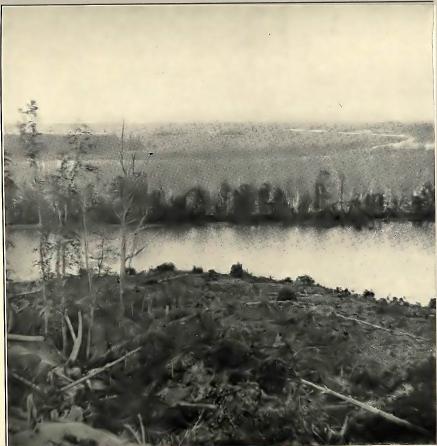
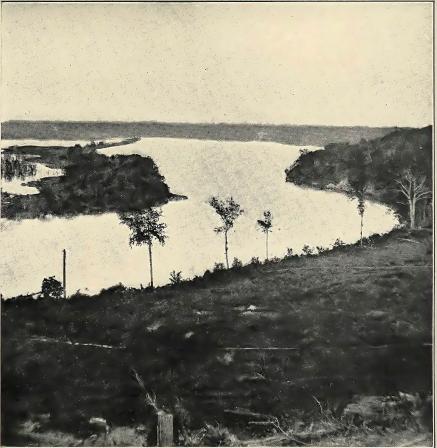
Return to Civil War Strategy[Click on Thumbnails Below for Detailed view and information of that Photograph] |
|||
|
|
|
|
|
![]()
|
Copyright © 2003-2018 Son of the South. Email us at: paul@sonofthesouth.net.
|
|
|
|
Are you Scared and Confused? Click Here to read My Snake Story, a story of hope and encouragement, to help you face your fears. |
||
